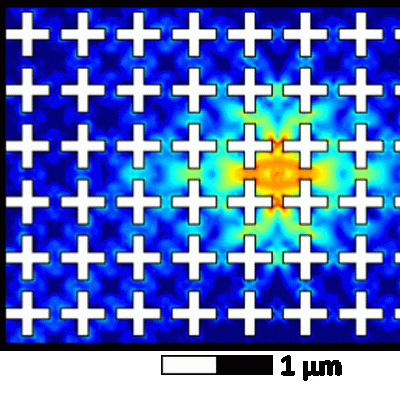LLNL researchers have discovered that some inexpensive and commercially available molecules used for other applications, could render certain lanthanide and actinide elements highly fluorescent. These molecules are not sold for applications involving the detection of REEs and actinides via fluorescence. They are instead used as additives in cosmetic products and/or in the pharmaceutical…
Keywords
- Show all (81)
- Instrumentation (38)
- Diagnostics (13)
- Data Science (5)
- Therapeutics (5)
- Cybersecurity (4)
- Brain Computer Interface (BCI) (3)
- Computing (2)
- Imaging Systems (2)
- Simulation (2)
- Vaccines (2)
- Analysis (1)
- Information Technology (1)
- (-) Polymer Electrodes (1)
- (-) Quantum Science (1)
- (-) Rare Earth Elements (REEs) (1)

To replicate the physiology and functionality of tissues and organs, LLNL has developed an in vitro device that contains 3D MEAs made from flexible polymeric probes with multiple electrodes along the body of each probe. At the end of each probe body is a specially designed hinge that allows the probe to transition from lying flat to a more upright position when actuated and then…

LLNL has developed a method of extending device lifetimes by imprinting into the device a shape that excludes specific vibrational modes, otherwise known as a phononic bandgap. Eliminating these modes prevents one of the primary energy loss pathways in these devices. LLNL’s new method enhances the coherence of superconducting circuits by introducing a phononic bandgap around the system’s…

